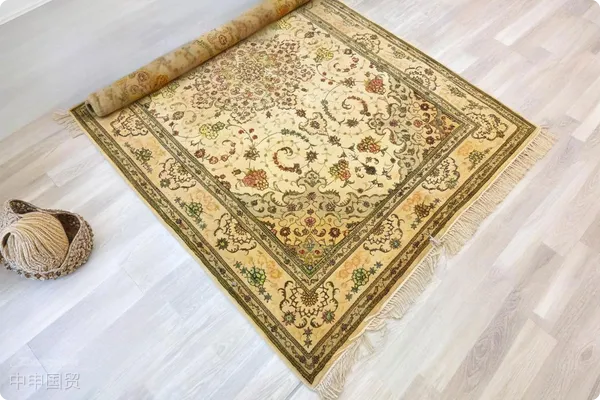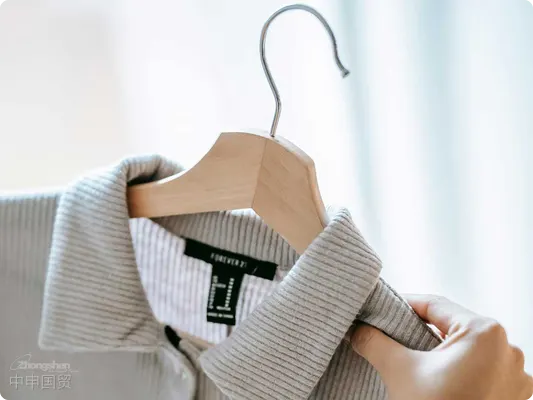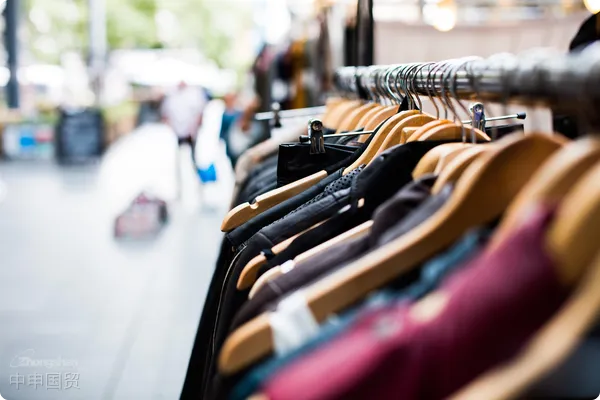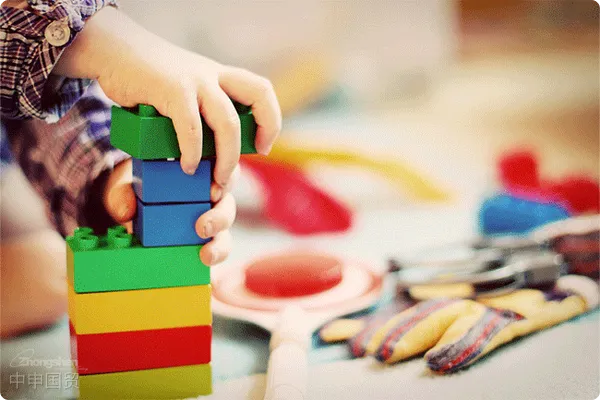- Shanghai Zhongshen International Trade Co., Ltd. - Two decades of trade agency expertise.
- Service Hotline: 139 1787 2118
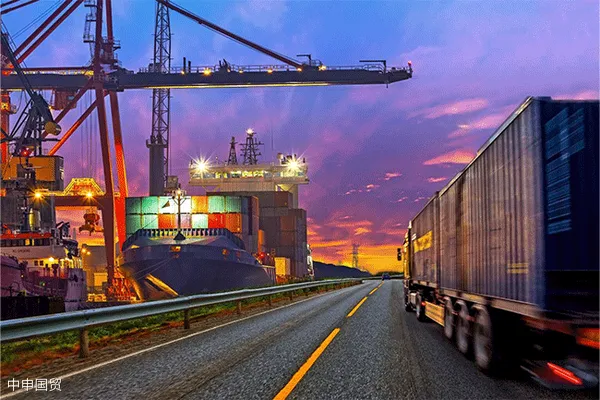
In today’s globalized trade landscape, lighting fixturesCompulsory certificationare a business direction many companies focus on. However, the tariffs for exporting lighting fixtures to Russia are not a fixed, simple figure but are influenced by multiple factors.
Product Classification Affects Tariffs
Lighting fixtures are a broad concept covering many different types of products. For example, ordinary incandescent bulbs, energy-efficient LED fixtures, large chandeliers, and outdoor streetlights. Russia’s tariff schedule determines the corresponding tariff rates based on the classification of the fixtures. Generally, basic incandescent bulbs for lighting may have relatively low tariff rates due to their traditional production technology and widespread global supply. High-tech LED fixtures, however, involve advanced technology and specific industrial policies, making tariff rates more complex. Sometimes, rates may differ due to Russia’s protection of its domestic energy-saving industry or encouragement of specific technology imports. Special-purpose fixtures, such as surgical lighting for hospitals or high-precision industrial lighting, may also have different tariffs based on their unique attributes and classification.
Trade Agreements and Tariff Preferences
If there are specific trade agreements between the exporting country and Russia, tariffs for lighting fixtures may be significantly reduced. For example, Russia is a member of the Eurasian Economic Union (EAEU). If the exporting country has a free trade agreement with the EAEU, some lighting products may enjoy reduced or low tariffs under the agreement’s framework. Some Eastern European countries, due to close geopolitical and regional economic cooperation, may enjoy tariff advantages when exporting lighting fixtures to Russia under regional trade arrangements. Additionally, countries with special economic cooperation projects in Russia may negotiate special tariff preferences for lighting exports through bilateral agreements.
Tariff Calculation Methods
Russia typically calculates tariffs for lighting fixtures based on the goods value (usually CIF). After determining the value, the tariff is calculated according to the specified rate. For example, if a lighting fixture’s CIF price is $100 and the tariff rate is 10%, the payable tariff is $10. However, in practice, accurately determining the CIF price requires considering many factors, including procurement costs, transportation fees, and insurance. During tariff calculation, customs may inspect and appraise the goods to ensure the declared value is accurate. If customs deem the declared value too low or unreasonable, they may reassess it and require tariffs based on the revised value.
Temporary Tariff Adjustments and Policy Trends
Russia’s tariff policies are not static. For purposes such as domestic industrial development, balance of payments, or addressing special economic situations, the Russian government may temporarily adjust tariffs for lighting fixtures. For example, if the domestic lighting industry faces a surge of low-priced imports threatening local businesses, tariffs for certain lighting categories may be temporarily raised to protect the industry. From a policy trend perspective, as global attention to energy efficiency and environmental protection grows, Russia is increasingly inclined to encourage imports of lighting fixtures that meet green standards, potentially offering more tariff incentives to promote the domestic lighting industry’s shift toward sustainability and efficiency.
The tariffs on lighting fixtures exported to Russia are influenced by a combination of factors including product classification, trade agreements, calculation methods, and policy adjustments. To accurately grasp tariff conditions, lighting export enterprises need to thoroughly study Russias tariff policies, stay updated on policy changes, and strategically plan their export strategies based on their product characteristics.
Related Recommendations
Contact Form
? 2025. All Rights Reserved. 滬ICP備2023007705號-2  PSB Record: Shanghai No.31011502009912
PSB Record: Shanghai No.31011502009912
